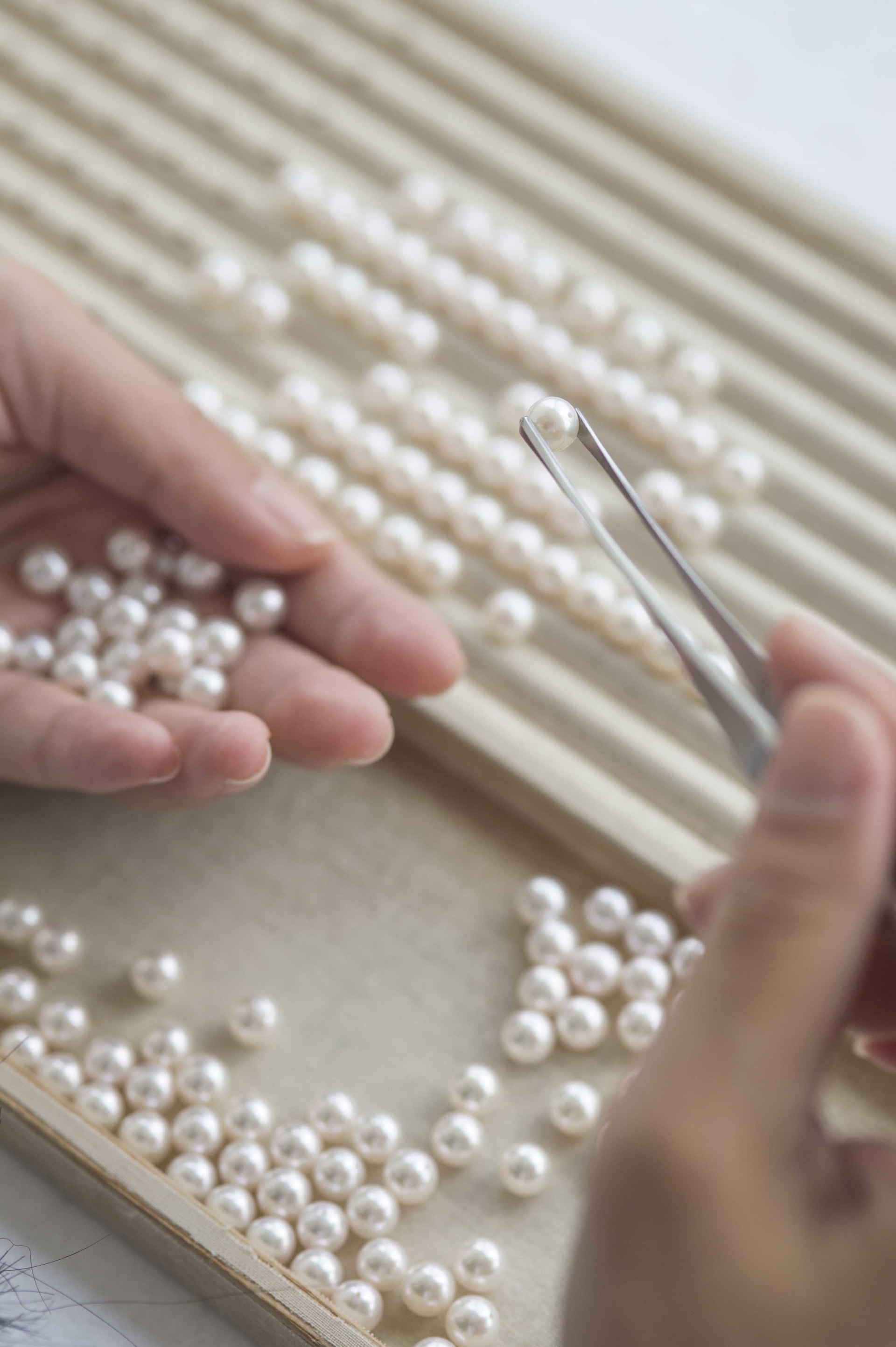دبي، الإمارات العربية المتحدة (CNN) -- قبالة ساحل حديقة "سايكاي" الوطنية في اليابان، تتبعثر جزر "كوجوكوشيما" التي تتضمن أكثر من 200 جزيرة. ويمتد جمال هذا الأرخبيل بعيداً باتجاه البحر، ويصل جماله إلى الأعماق أيضاً، إذ تختص المنطقة بزراعة اللؤلؤ.
ويدير دار المجوهرات الياباني "تاساكي" مزرعة لؤلؤ في هذا الأرخبيل منذ أكثر من 70 عاماً. وتُزرع سنوياً، أكثر من مليون صدفة محار "أكويا" في عشرات الآلاف من الشباك التي تقبع تحت سطح الماء مباشرةً.
وبمتوسط قطر يتراوح بين 7 و 8 ملليمترات، تتميز لآلئ "أكويا" بكونها أصغر من اللآلئ المتواجدة في أماكن أخرى. ولكنها مرغوبةً بشدة في اليابان بسبب شكلها الدائري المثالي، ومظهرها اللامع.

ومن قطع المجوهرات الأكثر مبيعاً في دار "تاساكي" هو خاتم يتزين بـ5 لآلئ "أكويا" متطابقة في المظهر.
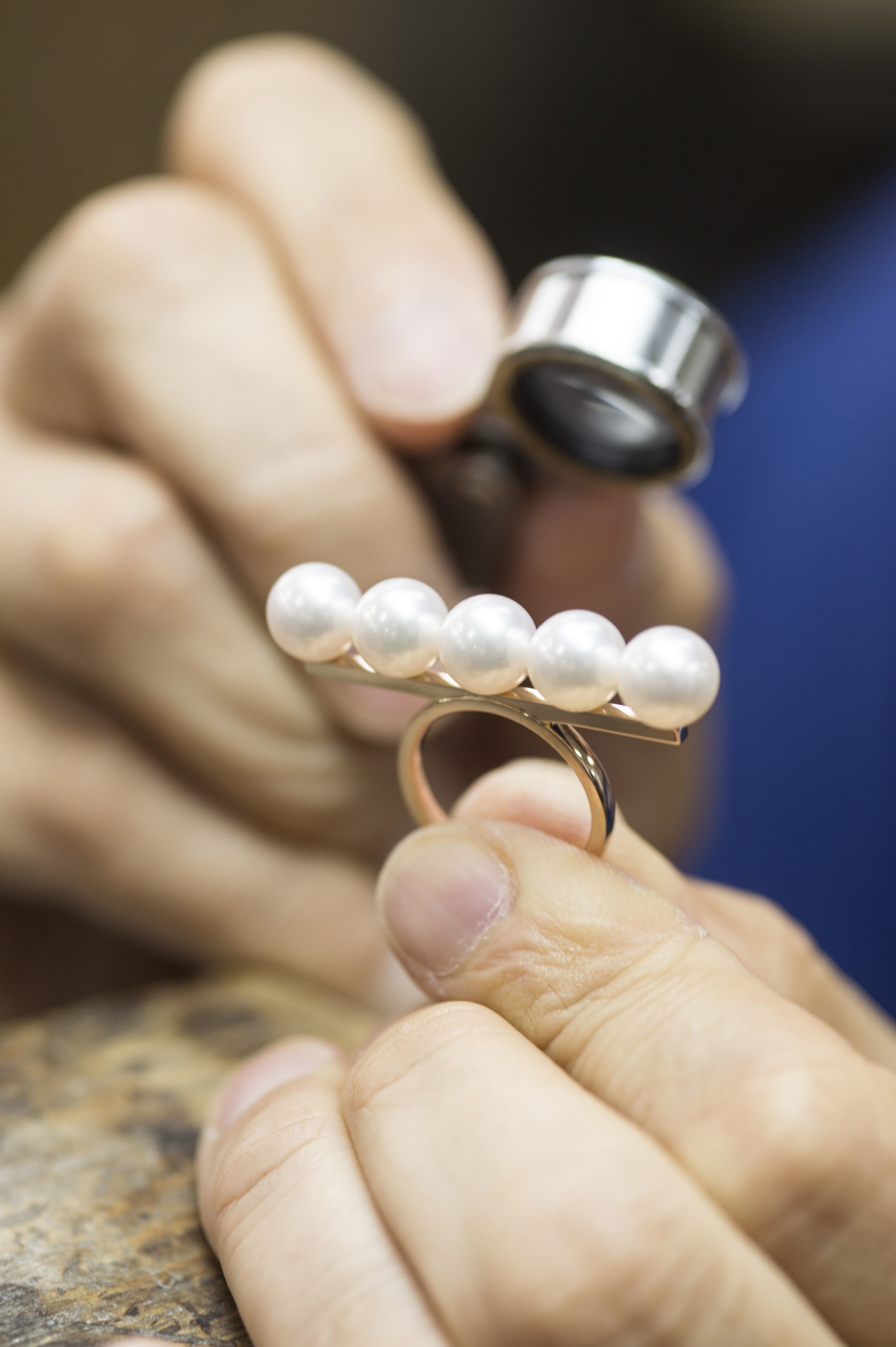
أما قدرة الصائغين على إنتاج لآلئ متساوية في الحجم، والشكل، واللمعان، فتعود إلى امتلاكهم لمزارعهم الخاصة وسيطرتهم على عملية الإنتاج عن كثب.
وتبدأ عملية الزراعة في فبراير/شباط عبر خضوع المحار للبذر الصناعي. ثم يُحتضن المحار لـ3 أشهر قبل وضعه في مياه البحر.
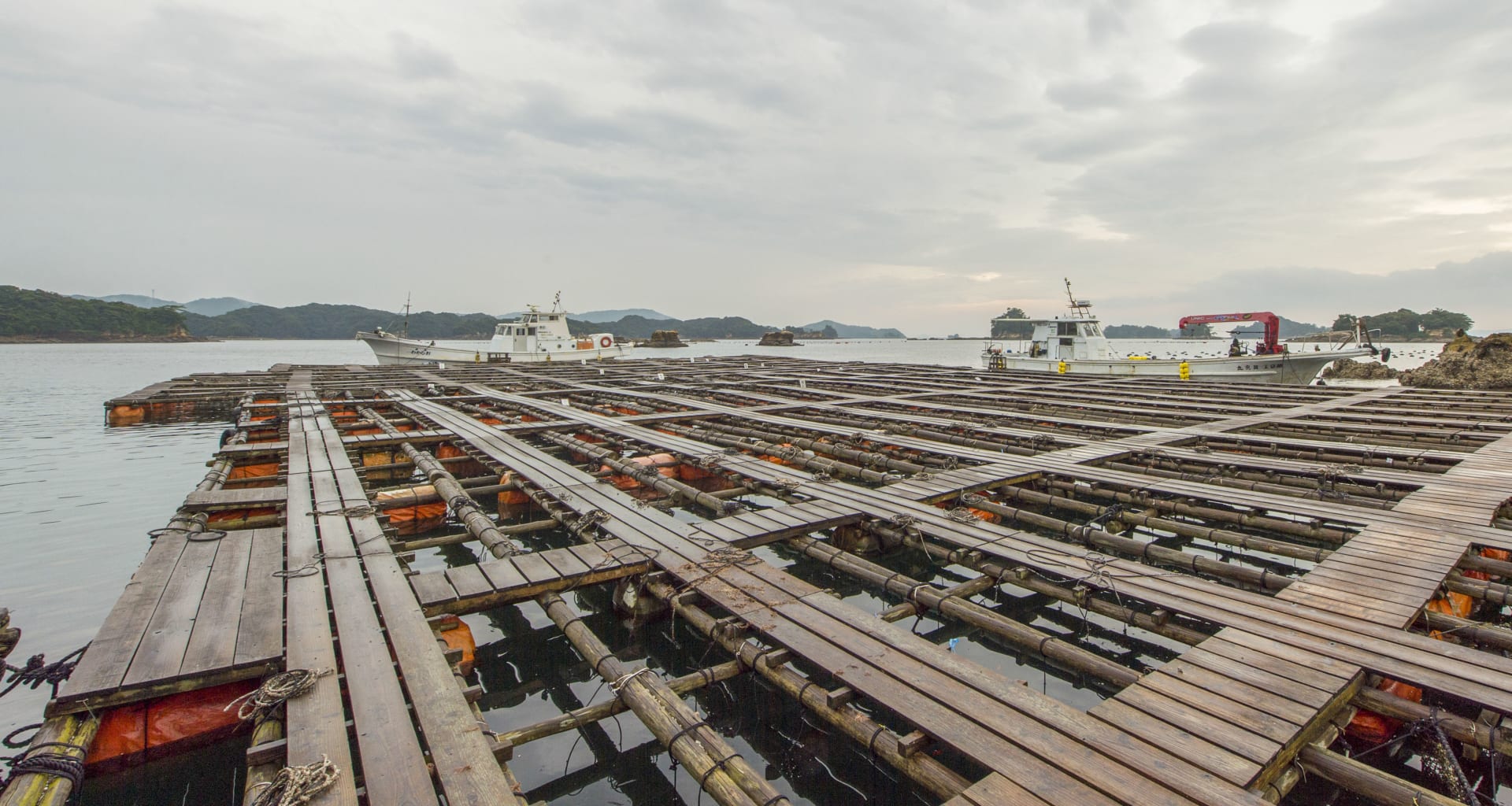
ولكن، توفر الظروف المناسبة قد يكون أكبر تحدي يواجه مزارعو اللؤلؤ في دار "تاساكي"، إذ أن الحفاظ على نظافة الرخويات هو أمرٌ حاسم، وفقاً لكبير المستشارين في المزرعة البالغ من العمر65 عاماً، ماساتو ياماشيتا.
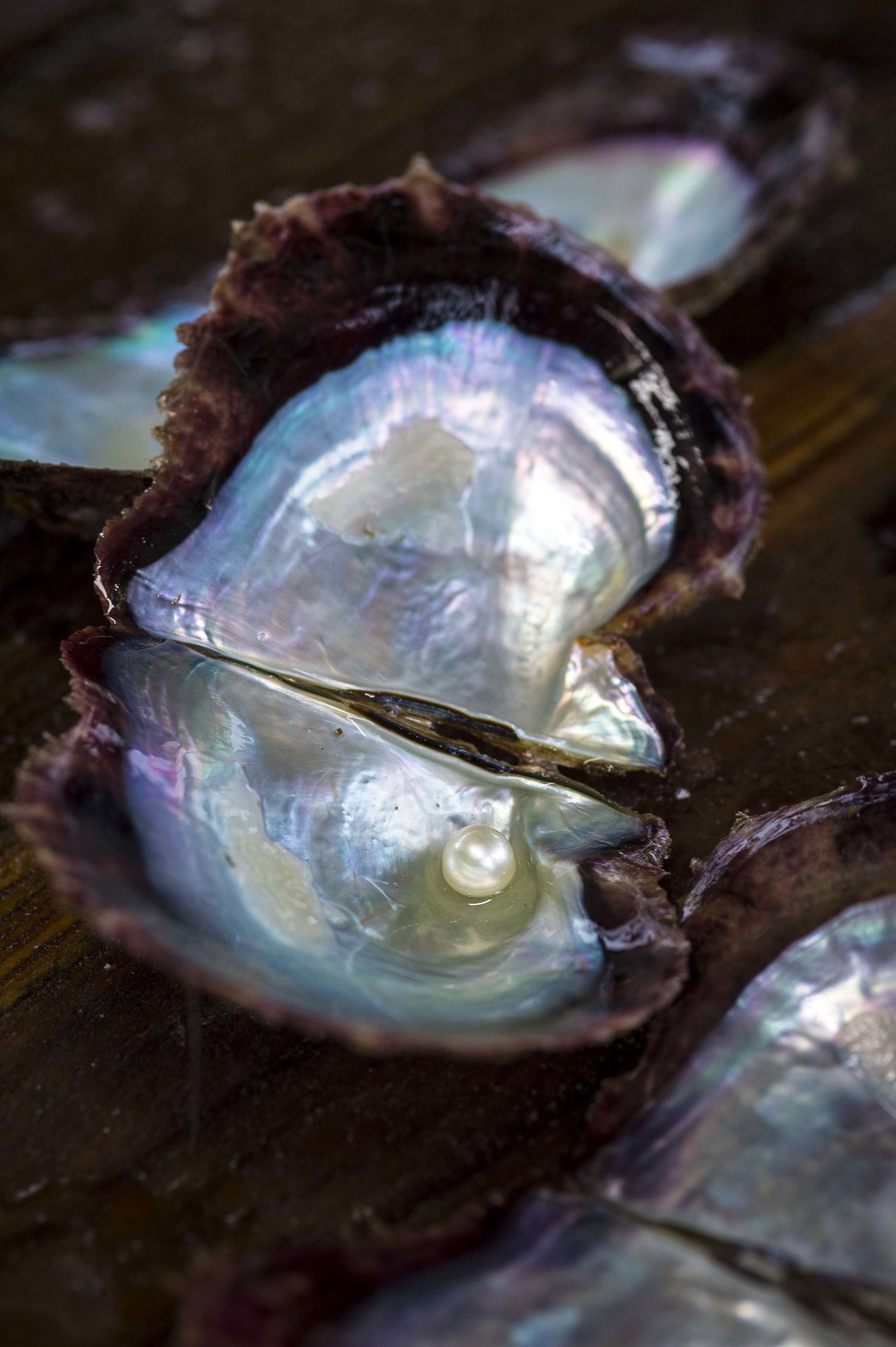
وشرح المستشار قائلاً: "يجب أن يكون كل شيء متوازناً. وإذا زُرع المحار في بيئة مريحة، نقول إنها تبتسم، وينتج عن ذلك لآلئ جيدة. ومن ناحية أخرى، إذا تمت زراعتها في بيئة مزدحمة أو غير صحية، فنقول إن المحار غاضب. وينتج عن ذلك لآلئ رديئة الجودة".

وظهرت زراعة اللؤلؤ لأول مرة في اليابان في بداية القرن الـ20. وأسس كوكيتشي ميكيموتو، طريقة لزراعة اللؤلؤ عبر محاكاة كيفية تكونها في الطبيعة.
وتتكون اللآلئ بشكل طبيعي عندما يعلق العنصر الخارجي، مثل الرمل، داخل الرخويات، ما يُنتج عن إفزاز تلك المخلوقات لعرق اللؤلؤ، الذي يحيط بالجسم الغريب. ويتحول عرق اللؤلؤ في النهاية إلى لؤلؤة صلبة.

وارتكزت فكرة ميكيموتو على إدخال نواة بشكل صناعي في المحار. ورغم انتظار آخرون في مجال صناعة اللؤلؤ لمدة تصل إلى عامين قبل إدخال النواة إلى المحار، ينتظر دار "تاساكي" لمدة لا تزيد عن عام ونصف، إذ يرى ياماشيتا أن من شأن المحار الأصغر سناً أن يؤدي إلى إنتاج لآلئ ذات جودة أفضل.
وبعد إدخال النواة، يوضع المحار في سلال في البحر لتتعافى ولضمان عدم رفضها للجسم الغريب. وقال المدير الأعلى في مزرعة "تاساكي"، ماسايوكي كوندو: "تماماً مثل البشر"، يحتاج المحار إلى الراحة بعد إجراء العملية.
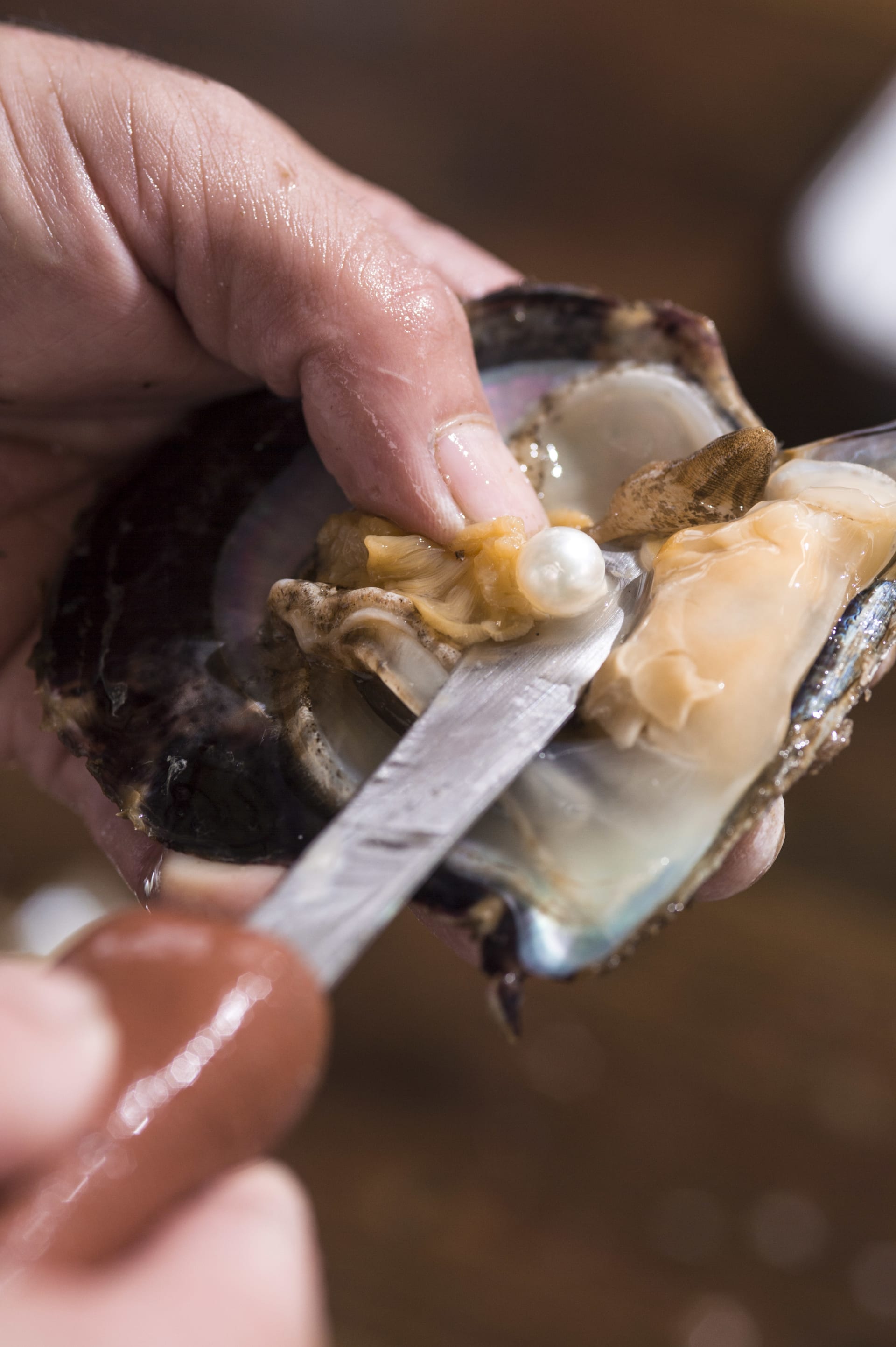
ويبدأ الحصاد في ديسمبر/كانون الأول، ويزدخر ذلك اليوم بالاحتفالات والصلوات المقدمة لمحصول الموسم، فرغم كل شيء، لا يزال المحار من الكائنات الحية، وهو خاضع للطبيعة.
